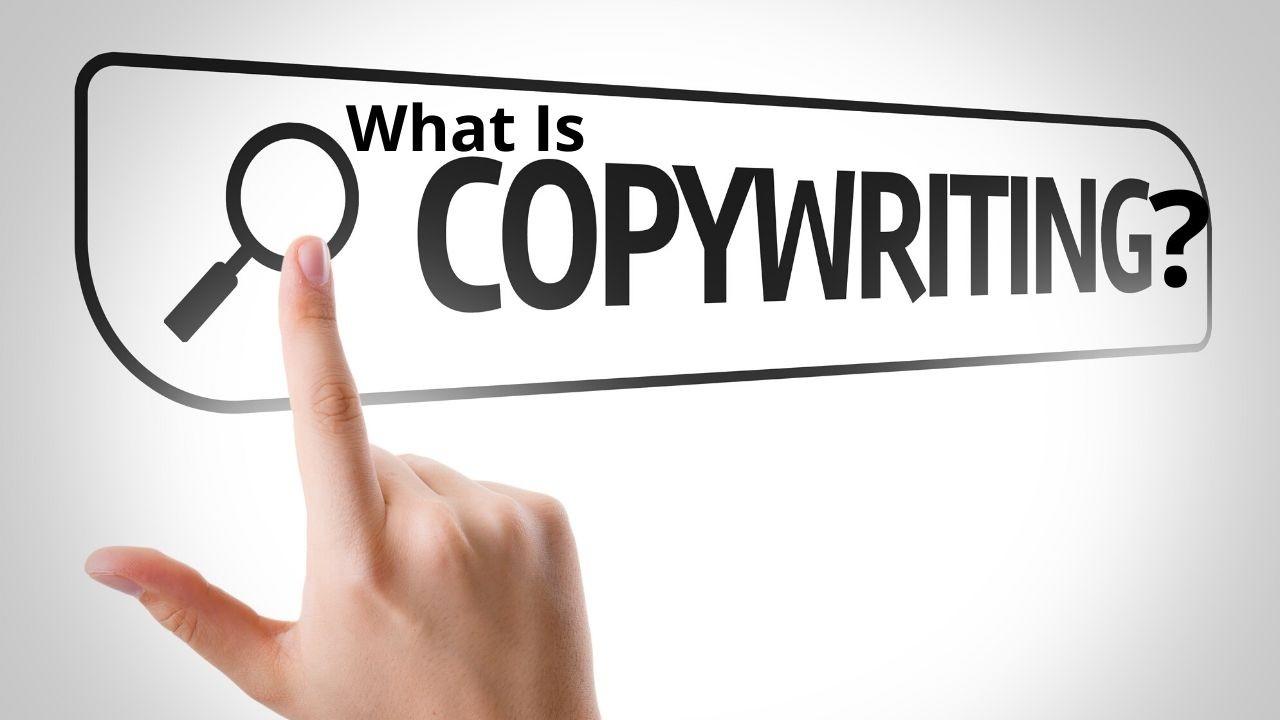What Is Copywriting, And Why Should You Care?

Last week, I had the opportunity to speak during a Virtual Summit about using copywriting to move from Joyless to JoyFUL.
Facilitated like a podcast interview on video, the energy of the live audience was high, and the back-and-forth dialogue between the host and me flowed well.
Audience engagement was off-the-charts with hundreds of comments and questions during and after my session.
One question jumped out at me when someone wrote: “Can you help me understand what "copy" is?”
This straightforward question brought me back to ground zero, as I remembered how we all come to the table with different perspectives, knowledge, and insights.
After answering her online, I feel compelled to define copywriting and why entrepreneurs and business owners should care.
What is Copywriting? And When Did It Become a “Thing?”
The definitions vary from resource to resource, but they collectively point to the art of writing words to sell, inform, and educate.
Oxford Dictionary defines copywriting as “The activity or occupation of writing the text of advertisements or publicity materials.”
Wikipedia states that “Copy is written content that aims to increase brand awareness and persuade a person or group to take action.”
No matter which way you slice it, copywriting uses words to connect any goods, services, or products with customers.
The words a copywriter creates form the core foundation for advertising and marketing, but they do so much more because these words also educate and persuade.
Without copywriting—ads and marketing would rely on images to convey meaning. (Talk about a guessing game. You’d need amazing artists and photographers to move the needle without the use of words.)
Using the right words will bring messages about anything—especially products and services—to life.
While the concept or definition of copywriting might be new to you, research finds copywriting for ads began with the sale of a prayer book back in 1477.
If you take the literal definition at face value, then it follows that copy written in the Book of Genesis between 1400-1450 BC is an example. And since many—like me—view the Bible as a Divine product, the first book contained in it (Genesis) would be the oldest form of copywriting.
Back then, using words to sell things involved the arduous task of writing everything by hand and then copying it over and over again to produce advertisements for circulation.
The advent of mass printing in the early 1600s, found weekly newspapers appearing on street corners in Venice, Italy.
As printing processes became perfected, the popularity of weeklies found publishers carrying advertisements to offset the costs of printing and distribution.
Copywriting has a rich evolution that has morphed over the years to become a critical component of every aspect of marketing used on and offline today.
Why Should You Care About Copywriting?
This subhead—Why Should You Care About Copywriting?—is a meaty topic that thousand of books and millions of articles discuss in a variety of ways.
At the end of the day, the words anyone uses to communicate, educate, inform, or sell mean nothing if the intended audience does not understand them.
If you have products or services to sell, then you need to make sure that the words (copy) you write are clear, easily understood, and connect with your audience.
How you describe what you’re selling needs to speak to a specific audience so well that it seems like you’re having a one-on-one conversation with them.
Otherwise, the words you use will not stand out and simply add to the noise in the world.
Noisy copywriting is ineffective and will get drowned out by others who have perfected their message and how to connect with their customers.
If you went into business to sell things, then how you describe what you offer needs to:
- attract a specific audience
- offer unique benefits and authentic promises
- provide proof about how and why it works, and
- create a call to do something (also known as a call to action).
If someone reads your website, email, or advertisement, and they are cannot understand what you do or why they need it within three seconds — then you are not using your words (copy) wisely.
My post only scratches the surface about copywriting and how it will help you. But the point that good copywriting is key to the success of any business is clear.
Would you like to learn how to write words that connect with your customers?
As a professional copywriter and business coach, I will teach you how or do it for you.
If you want to learn how to use copy to connect with your customers authentically, then you’ll want to hop on my waitlist for Joyful CopyCamp.
Joyful CopyCamp teaches entrepreneurs high-level basics for writing authentic and trustworthy copy.
But be forewarned—my approach to copywriting and communications strategy does not use hype or manipulation.
In fact, my techniques rely on writing clearly without creating double meanings that cause reading between the lines.
If you want to explore a one-on-one coaching session or have me write for you—click the "Discuss Your Joyful Copy Needs" button on this page, and we'll set up a call.
